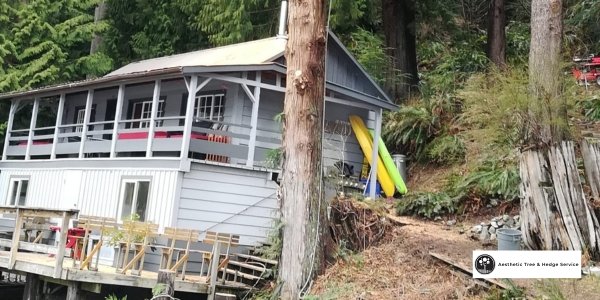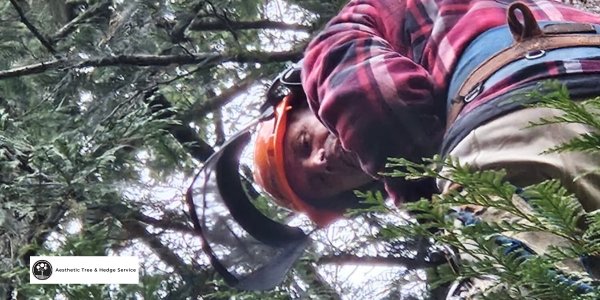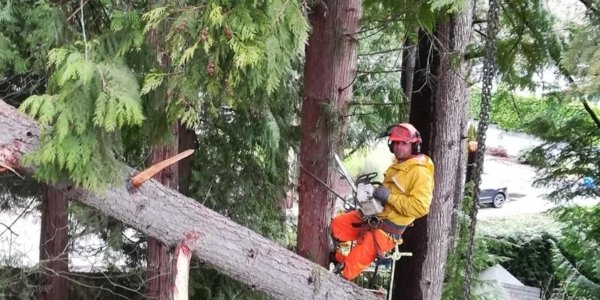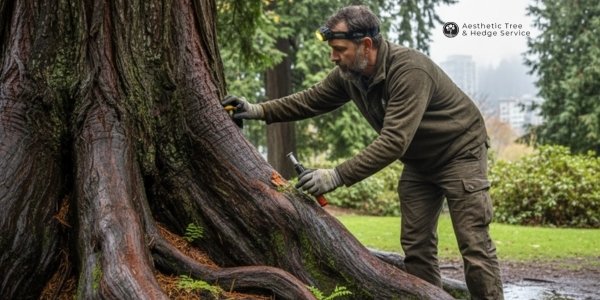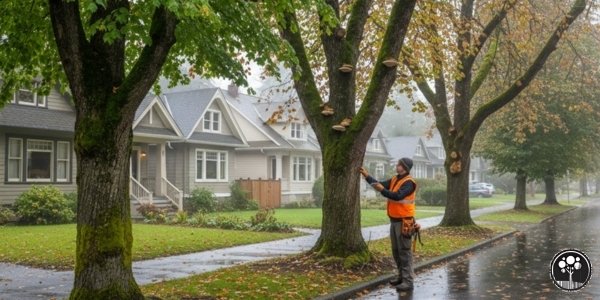Regular Tree Maintenance to Prevent Tree Overgrowth
Overgrowing trees are a nuisance to the people long nearby. The overhanging branches all conspire to rob a homeowner comfort and pose risk of damage to properties. Trees can be a source of disputes between neighbors. Do branches or fruit from a tree that s not yours drop into your yard? Are there roots causing damage to your property? Are there branches shading your house?
Undesirable effects and characteristics of overgrown trees.
Tree overhanging property: Branches overhanging private and public property are a great nuisance. Such trees pose real danger in the event they fall due to a storm or weakened branches.
Trees blocking natural sunlight: Natural lighting s affected when overgrown trees surround a house. The most suitable corrective action is pruning or even felling. Although there’s no legal ‘right to light’ tree owners should be mindful of the effect their trees have on other people’s properties. The property owner is not obliged by law to work on the trees for the benefit of lighting to a third party. The performance of solar collectors for heating or generation of electricity is greatly reduced by trees blocking sunlight.
Blocking of views: overgrown trees rob a property owner the enjoyment of distant horizons and other surrounding views and activities.
Destructive roots: Huge overgrowing roots can wreak irreparable havoc to a property. Roots can block, break or damage drains and cause cracking of buildings. However, tree roots mostly enter drains that are already broken to cause further damage.
Bird droppings from trees: This is often a seasonal nuisance which can be really bad when trees are overgrown. This by itself however s not reason enough to prune or fell a tree.
Introduction of insects or pests to houses: Overgrown trees increase the incidences of wasps, bees and other insects or even wild animals. Some of these pasts can contribute to the spread of human diseases.
Blocking of security cameras or sensors: Safety can be compromised by overgrowing trees where they limit the range of operation of cameras, sensors and other important equipment.
Interference with utility lines: Overhead utility lines like telephone or electricity could be interfered with in instances where branches become too big. This could lead to disastrous effects like electrocution or loss of supply. Large trees near houses hamper the reception of satellite television and other communication equipment.
Who owns the tree?
A tree belongs to the person in whose property it grows. The overhanging branches, even those encroaching other people’s properties, still belong to the initial owner. However, a tree can be considered to be reasonably liming another person’s enjoyment of their property. If the tree is likely to inflict injury on anyone on your land or damage land and any property, then there is reason enough to petition authorities for resource.
What to do?
The losses that come with entertaining wild growth of tree are often not worth it. The disputes that overgrown trees can cause with neighboring people can sometimes lead to protracted court cases. Money is lost while dealing with such issues.
The simple option is to keep trees in check by pruning to prevent any overgrowth. Owners should contact arborists for a routine attendance of trees. Properly pruned trees are beautiful and attractive.ss
